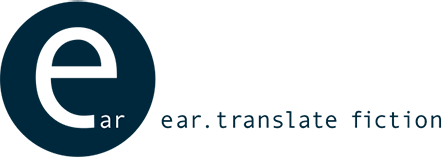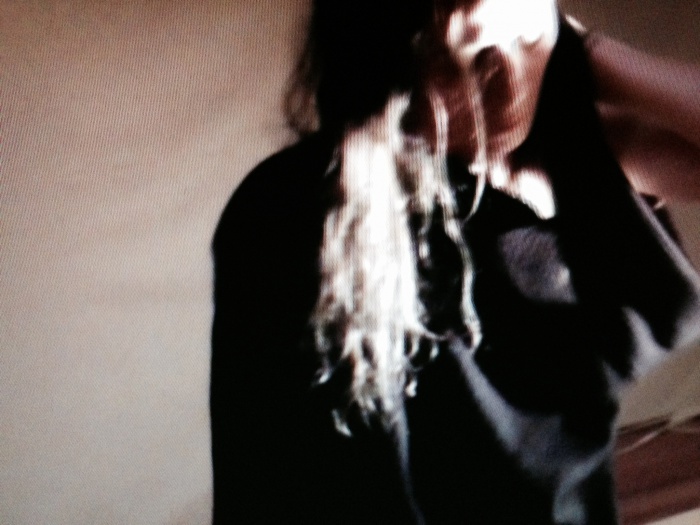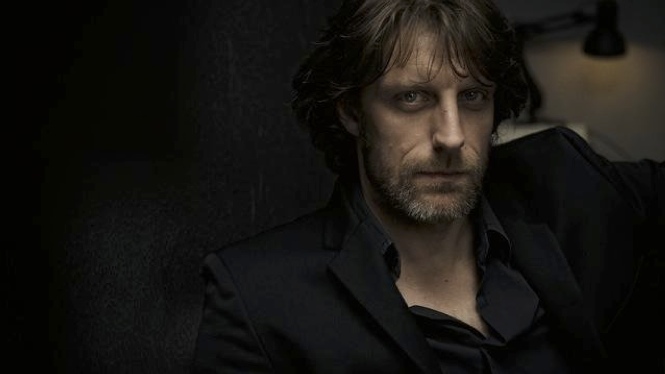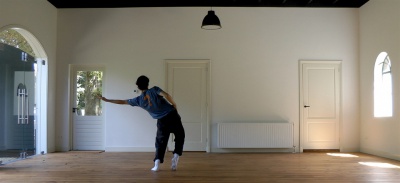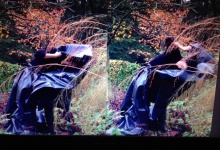Residenz auf Ekeby. Praktiken reflektieren
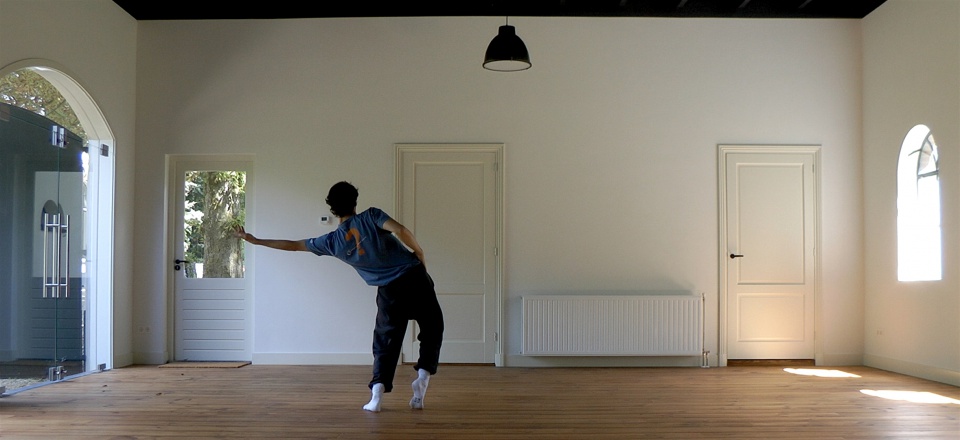
Wie kann man künstlerisches oder wissenschaftliches Arbeiten dokumentieren? Wie es vermitteln? Genau dies versuchen wir auf Ekeby! Wir sprechen darüber, wie wir arbeiten. Und wir sind stolz auf all die unterschiedlichen Praktiken, Vorgehensweisen und Gesichtspunkten, die uns unterscheiden und manchmal auch trennen. Aber was verbindet uns? Und was teilen wir gemeinsam?
Leben und arbeiten auf Ekeby. Interviews mit unterschiedlichen Akteuren. Eine Dokumentation unserer Arbeit.
IKER ARRUE (EUS) - Choreographer/Dancer
Entfremdet werden. Im Wald tanzen
IKER ARRUE RESEARCH'S ON EXIL. A RESIDENCY AT EKEBY 2017
M: Welcome Iker. Can you tell us more about you and your work?
I: My name is Iker Arrue. I am coming from the Basque Country. I am a choreographer and founded my own company in 2009. Still I am also collaborating with other choreographers, working as a dancer and also teaching quite a lot.
M. How would you describe your research here at Ekeby?
I: Recently, I applied for funding for a new creation which we will premiere next year in the Basque Country on September 30th, 2018. It is the beginning of my research which will be a collaboration with different companies. The original idea is to work in three different blocks. For each block one choreographer will be in charge. I will be in charge of the whole dramaturgy of the evening.The idea is not to create three independent pieces but to create a full evening piece.
Exile. And the notion of not getting rid of the past
M: And you have one connecting theme? Can you tell us more about the whole structure of the full evening piece?
I: Yes, the theme is exile. We would like to explore different ideas: What does it mean to leave your country for any reasons? What does it mean of not fitting in a particular group of people; society for instance. What are the reasons forcing one person to jump out of this group or societie? What are actually the rules you are supposed to follow? What are the consequences of following (or not following) these rules? Is there any punishment if you don’t obvey, and why? We would also like to explore the “impossible exile“: the idea of not being able to get rid of your past, of your thoughts, your history. We will also focus very much on the figure of Stefan Zweig.Discussing the work of the Austrian writer, I was very much interested in why and how he went away from Austria and Germany and the fact that he committed suicide, even-though he managed to get away from Europe and settle in Brazil during the Second World War.
M: Can you tell us a bit more about how you create movement?
I: When I am creating movement, I use very much images and objects. When I have read Stefan Zweig’s biography; it created many images in my head. I though, it would be interesting to put all those images together to create a piece. As a first research on this theme, I have worked with students of the Folkwang University of Arts in Essen with some ideas. Now I would like to develop all those first ideas further.
M: What can you say about the time working at Ekeby? Did you have a particular focus regarding your theme: on movement or just gathering other material?
I: I came with the idea of creating material. First, Ekeby is located in the middle of nature. So, I gave it a try and went to the forest to look for information to create… and I ended up dancing in the forest, which was a very interesting experience for me.
M: ..meaning dancing on your own in the forest!
I: Yes. As I mentioned before, I am usually working using images and objects when I am creating movement. Movement is like a language for me. Instead of talking you move to express something. Once I have the language, I transform this movements according to the ideas I am developing. I usually work - first creating a bunch of choreographic material - and then transform it. When I teach it to another dancers for example, we see what is not comfortable for them and we adapt it. What I liked here at Ekeby was very much the input that I had from nature: outside in the forest I was surrounded by mosquitos and I had very different reactions to the ones I would normally have or find in a studio. I also realized that in the forest, as we had rainy days, I totally avoided the contact with the floor. So I have ended up with a choreographic material which is… mainly standing, and actually it fits with this first idea of the set that we had, since there will be a clear limitation on using the floor.
An Interview by Marc Wagenbach
View the interview under: https://vimeo.com/228953510
